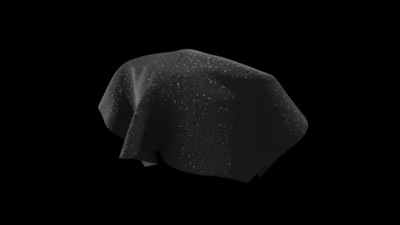I've done this before with a threshold followed by a couple of blurs and then a blend. In my case it was an interactive shader for stylizing video, so the controls were adjustable, but for something like a game you could probably set them statically.
First you threshold the input image, so everything with luminance below the threshold is set to transparent black (RGBA = 0,0,0,0). Everything with equal or greater luminance than the threshold remains as it is.
Next you apply a directional blur to the thresholded image.
Then apply a directional blur that's pointing 90° from the previous one to the thresholded image. (Note - do not apply it to the already blurred image. This is important! You should end up with 3 images - thresholded image, blurred image, and another blurred image where the blur is 90° from the first.)
Finally, using a simple additive blend, add the 2 blurred images to the original input. (You can now throw out the thresholded image.) The result will be that every pixel that has a luminance above the threshold will now have a sparkly cross on it. You can use more than 2 blurs if you want and adjust their angles so you get 3 or 5 or more points, but it means more passes.
Edit: One thing I forgot to mention - in your videos, it looks like they added a texture of random white dots distributed over the object to give it a glitter-like look.
Also, the above filtering process should be applied in screen-space.
